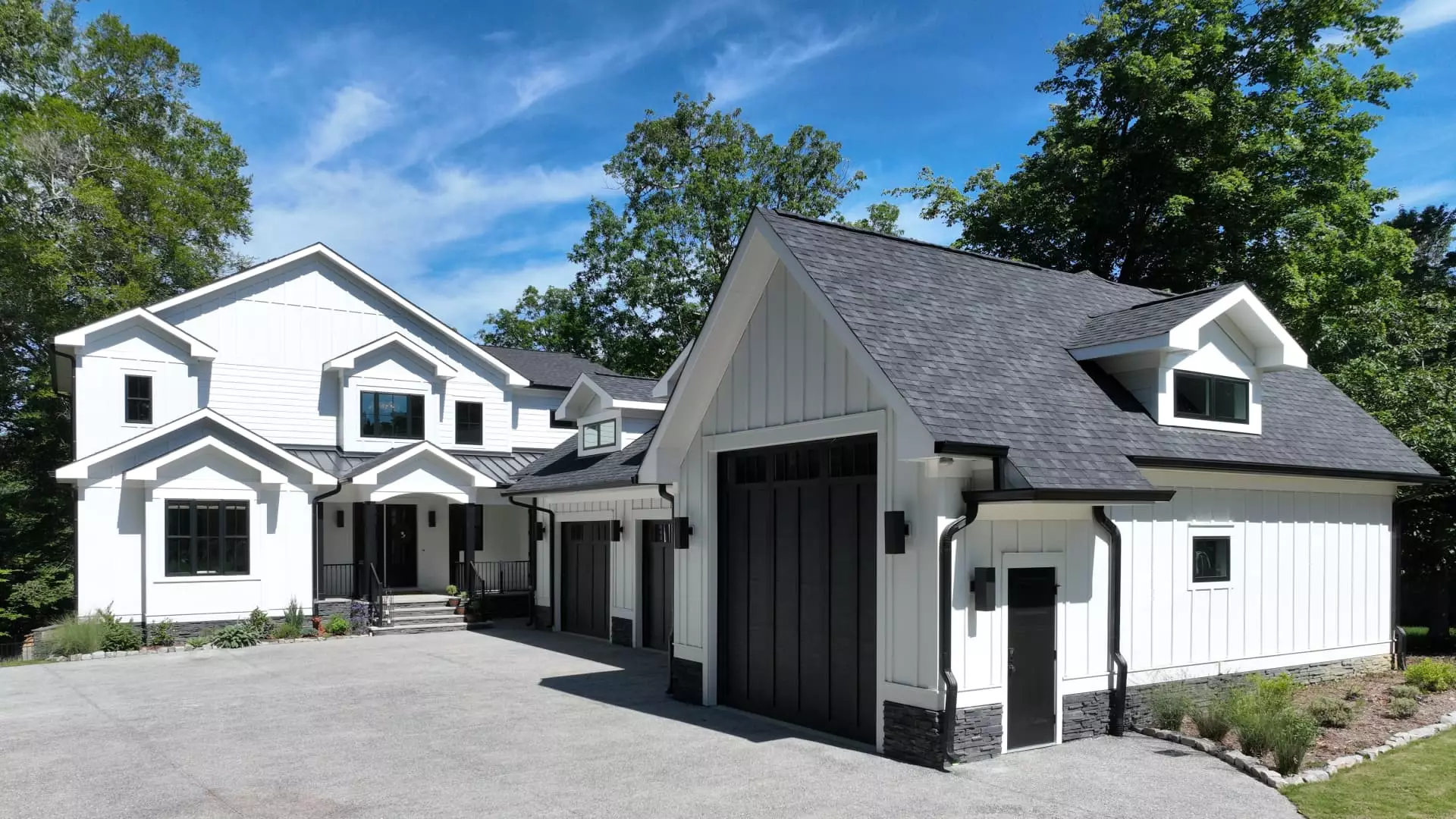As the United States navigates the complexities of climate change, federal officials are pointing towards an under-appreciated ally: real estate. The sector, encompassing both residential and commercial buildings, is a significant contributor to the nation’s greenhouse gas emissions, responsible for approximately 31% when indirect emissions—such as those from electricity consumption—are taken into account. This percentage surpasses more traditionally recognized culprits like transportation and agriculture, signaling a critical area of focus for environmental reform.
The Biden administration has taken proactive steps to mitigate these emissions, implementing a series of policies aimed at promoting energy efficiency within homes and buildings. The Inflation Reduction Act, passed in 2022, is a cornerstone of this initiative, offering homeowners financial incentives—such as tax breaks and rebates—for making energy-efficient improvements. Furthermore, the Department of Energy has introduced guidelines that define “zero emissions” buildings, helping to create a roadmap for future construction.
One household making strides toward sustainability belongs to Morgan Wojciechowski, president of Healthy Communities, a real estate development firm dedicated to sustainable construction. Recently honored with the federal “zero emissions” label for her new home in Williamsburg, Virginia, Wojciechowski represents a pioneering example of what an energy-efficient residence can look like.
Her home, completed in August 2023, is a testament to the intersection of sustainability and personal investment. At approximately 5,800 square feet and built at a cost of $1.1 million, it may not reflect the typical American home. However, Wojciechowski emphasizes that her residence is a personal endeavor aimed at achieving sustainability as well as a prototype for more practical, replicable projects.
Wojciechowski’s commitment to sustainability translates not only into eco-friendly practices but also economic benefits. With her home’s solar panel system, she’s projected to pay around $917 annually for utilities—significantly lower than the national average—resulting in estimated annual savings of roughly $7,226 when compared to a conventional U.S. home.
She describes how solar production works in concert with energy-efficient design, saying, “Solar offsets it.” By generating energy on-site, her home not only utilizes its own power but also contributes surplus energy back to the grid. This is a vital feature for homeowners considering solar solutions, as net metering allows them to gain credits that can effectively reduce their monthly utility bills.
For those looking to enhance the sustainability of their own homes without a full overhaul, Wojciechowski suggests starting small by addressing elements like windows and insulation. Many older residences have outdated windows that allow air leaks, capturing opportunities for improvement. Prioritizing these changes can significantly affect a home’s overall energy efficiency.
By upgrading windows and improving insulation, homeowners not only boost their properties’ energy performance but can also make use of available tax incentives for energy-efficient renovations. Wojciechowski stresses that these upgrades don’t have to happen all at once—progressive enhancements can yield tangible benefits over time.
Admittedly, the conversation becomes more challenging for renters. Many elements of sustainability, such as HVAC systems or structural changes, may be beyond a tenant’s control. However, Wojciechowski encourages renters to remain proactive about energy consumption. Simple acts, such as turning off lights or using energy-efficient bulbs, can make a difference and instill mindful habits that persist beyond rental situations.
For renters, the key is advocacy; she suggests discussing energy improvements with landlords, even if it feels daunting. This can spark conversations about energy-efficient upgrades that benefit both parties.
Ultimately, the collective movement toward reducing building emissions can significantly impact the U.S.’ climate goals. By fostering a culture of energy efficiency at both the personal and systemic levels, the nation can begin to demonstrate measurable progress. Sustainable real estate is not just a niche but a pivotal instrument that individuals can leverage to contribute to broader societal change.
As more homeowners and developers embrace practices that prioritize sustainability, the potential ripple effect creates hope. With federal policies driving incentives, paired with individual commitments, the path to reducing greenhouse gas emissions through improved real estate practices is both promising and attainable.

